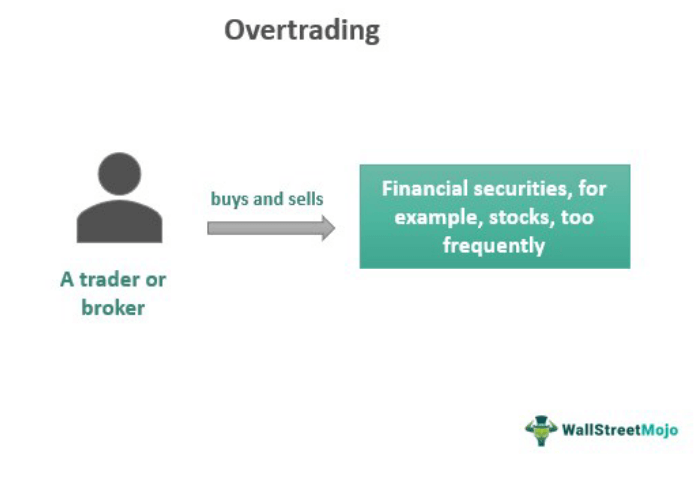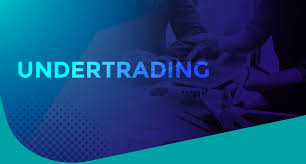Watered stock, under trading and over trading
Watered Stock
Watered stock is an illegal practice where a company issues shares at a value that is much higher than the actual value of the company's assets. It is a way to fraudulently inflate the value of the company. It typically happens by overstating the book value of the company.
Origin of the Term: The term "watered stock" is believed to have come from ranchers who would make their cattle drink large amounts of water before taking them to market. The weight of the consumed water would deceptively make the cattle appear heavier.
Key Characteristics:
- Fraudulent Scheme: It's a deliberate attempt to deceive investors.
- Inflated Value: Shares are issued at a price higher than their true worth.
- Overstated Book Value: The company inflates its asset value on paper to justify the inflated share price.
Consequences: Once revealed, watered stock becomes difficult to sell and is often sold at much lower prices than the initial price.
Overtrading and Undertrading Explained
Let's clarify the concepts of overtrading and undertrading in business:
1. Overtrading
- Definition: Overtrading, also sometimes called "over-ambition" or "over-extension," occurs when a business tries to operate at a level beyond its financial capabilities. It's like a runner trying to sprint a marathon. The company is attempting to generate a much higher sales volume than its working capital (cash, inventory, and receivables) can realistically support.
-

-
Key Characteristics:
- Rapidly Increasing Sales: Sales are growing too quickly, outpacing the company's ability to manage them effectively.
- Insufficient Working Capital: The business doesn't have enough readily available cash or assets to cover day-to-day operations or finance the increased sales.
- Stretched Resources: Resources (like equipment, staff, and facilities) are stretched thin, leading to inefficiencies and errors.
- Heavy Reliance on Credit: The company relies heavily on short-term borrowing (e.g., overdrafts, trade credit) to fund its operations.
- Delayed Payments to Suppliers: The company struggles to pay suppliers on time due to cash flow problems.
- Increased Stockpiling: The company may take on excessive inventories, which can become obsolete or expensive to store.
- Cash Flow Problems: Despite growing sales, the business experiences chronic cash flow shortages.
- Risk of Insolvency: Overtrading can ultimately lead to business failure due to the inability to meet financial obligations.
- Example: A small clothing retailer suddenly experiences a huge increase in sales due to a viral social media post. They accept all the orders without having the cash on hand to purchase sufficient inventory from their suppliers. They can't pay the suppliers on time and run out of popular sizes quickly.
2. Undertrading
- Definition: Undertrading, sometimes referred to as "under-performance," is the opposite of overtrading. It happens when a business is not utilizing its resources (both financial and operational) to their full potential. It operates at a level below what its available resources would allow. It's like having a sports car that you only drive to the grocery store.
-
Key Characteristics:
- Slow Sales Growth: The business is not achieving the sales volume it could based on its available capacity.
- Excess Capacity: The business has idle equipment, unused facilities, or an underutilized workforce.
- Excess Cash Reserves: The business may be holding on to too much cash or other liquid assets instead of investing them in growth opportunities.
- Low Return on Assets: The business is not generating sufficient profit from its assets.
- Missed Opportunities: The company fails to capitalize on market opportunities and new sales channels.
- Lack of Innovation: The company may not be investing enough in R&D or new product development.
- Risk of Stagnation: Undertrading can lead to stagnation and loss of market share.
- Lower Than Potential Profits: The business's profit margin is lower than it could be given its available capacity and resources.
- Example: A restaurant that has enough seating and staff to handle a much larger volume of customers, but is slow to market and attract new business. It consistently has many empty tables during peak hours due to a lack of promotion.
Key Differences Summarized:
| Feature | Overtrading | Undertrading |
|---|---|---|
| Sales Volume | Exceeds available resources | Below available resources |
| Working Capital | Insufficient | Sufficient or Excess |
| Resources | Stretched Thin | Underutilized |
| Growth | Too Rapid | Too Slow |
| Cash Flow | Often Strained, Shortages | Often Under-Optimized |
| Risk | Insolvency, Business Failure | Stagnation, Loss of Market |


No Comments